Affiliate links on Android Authority may earn us a commission. Learn more.
10 ways to speed up your Samsung Galaxy S8
The Samsung Galaxy S8 is still a pretty fast phone, but it’s getting older, and some of you may see performance degrading. Even the best devices start showing a little performance deterioration after years of usage. It’s not just tech gremlins messing with your phone, and you can do some things to keep the phone running smoothly in the long run. We’re going to show you some of the best ways to keep your Samsung Galaxy S8 as fast as it should be running.
Speed improvement tips:
1. Change the Samsung Galaxy S8 performance mode
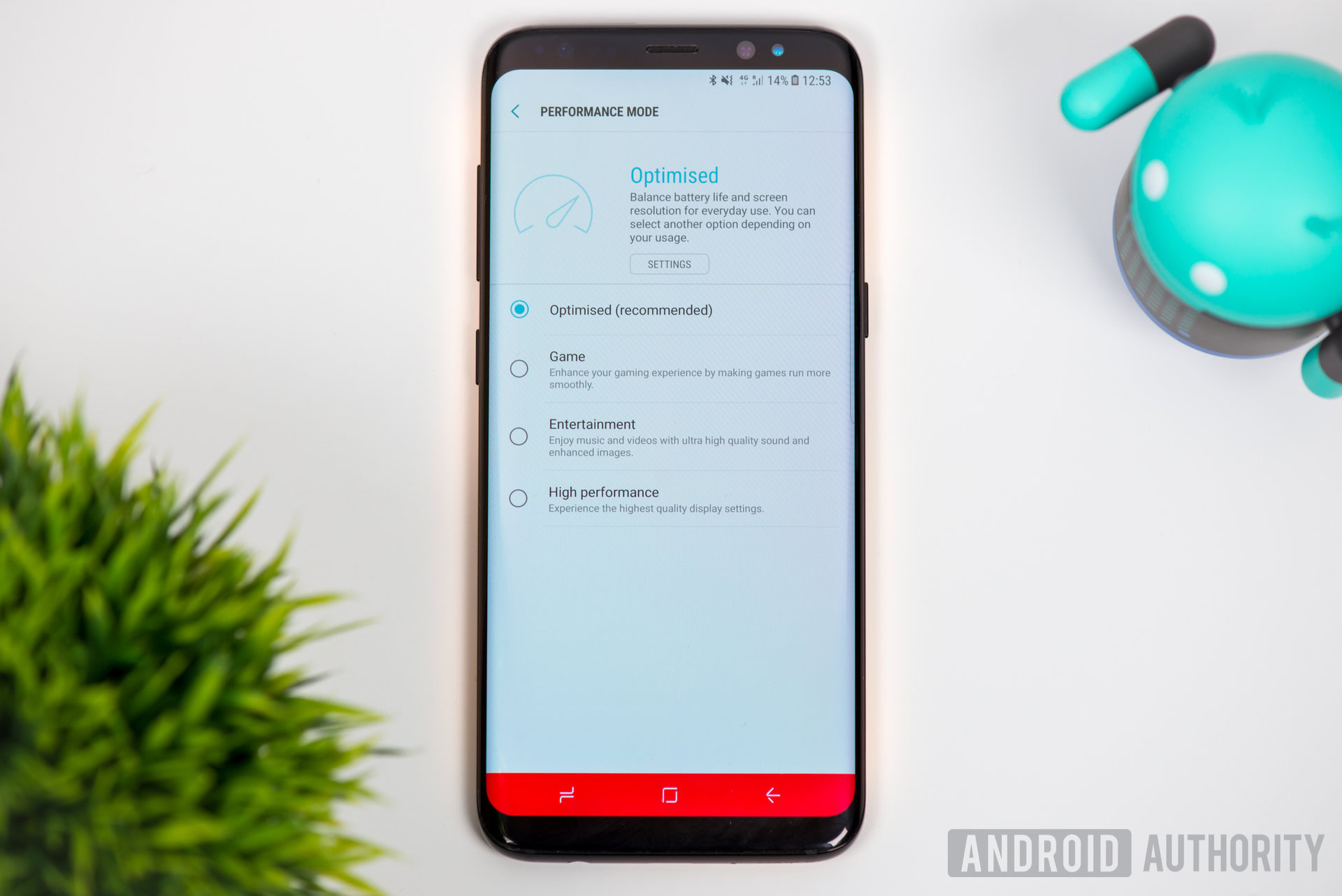
The Samsung Galaxy S8 is a competent device. Most users don’t need every bit of processing power this device can output. This is why they have created multiple performance modes to adapt to the user’s needs.
Some people want more battery life, some want better media consumption… and others want all the speed they can get.
- Open Settings.
- Select Device Maintenance.
- Choose Performance Mode.
- Hit Game.
By the way, ignore the “High performance” option. It will increase resolution, brightness, and other factors that make for a better experience, but it doesn’t make the phone faster. Game mode does.
Now, keep in mind that this will make the phone more resource-intensive. This means there are higher chances of things like over-heating and short battery life.
2. Lower the Samsung Galaxy S8 resolution
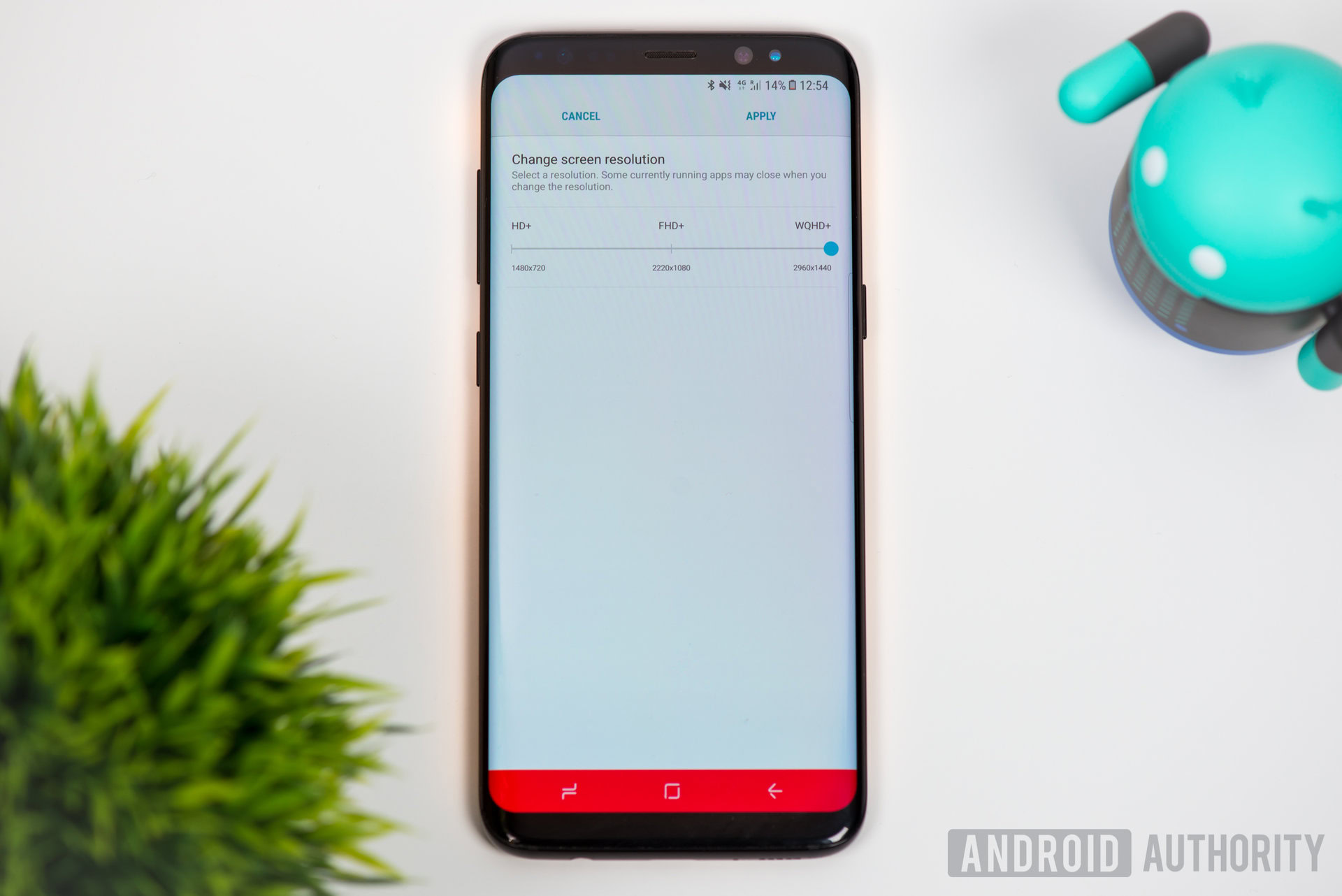
Your Samsung Galaxy S8 display has 4,262,400 pixels (2960×1440), which can be pretty taxing on the processor and GPU. Lower resolutions can keep your device running much smoother. Thankfully, this handset has an option for decreasing the definition all the way down to 720p.
- Open Settings.
- Select Display.
- Hit Screen Resolution.
- Drag the definition slider to the left.
Aside from WQHD+ (2960×1440), there are options for FHD+ (2220×1080) and HD+ (1480×720). The lower the resolution, the less your CPU and GPU have to work. Consequently, your device should speed up.
Also: How to extend your Android phone’s battery
3. Uninstall unnecessary apps
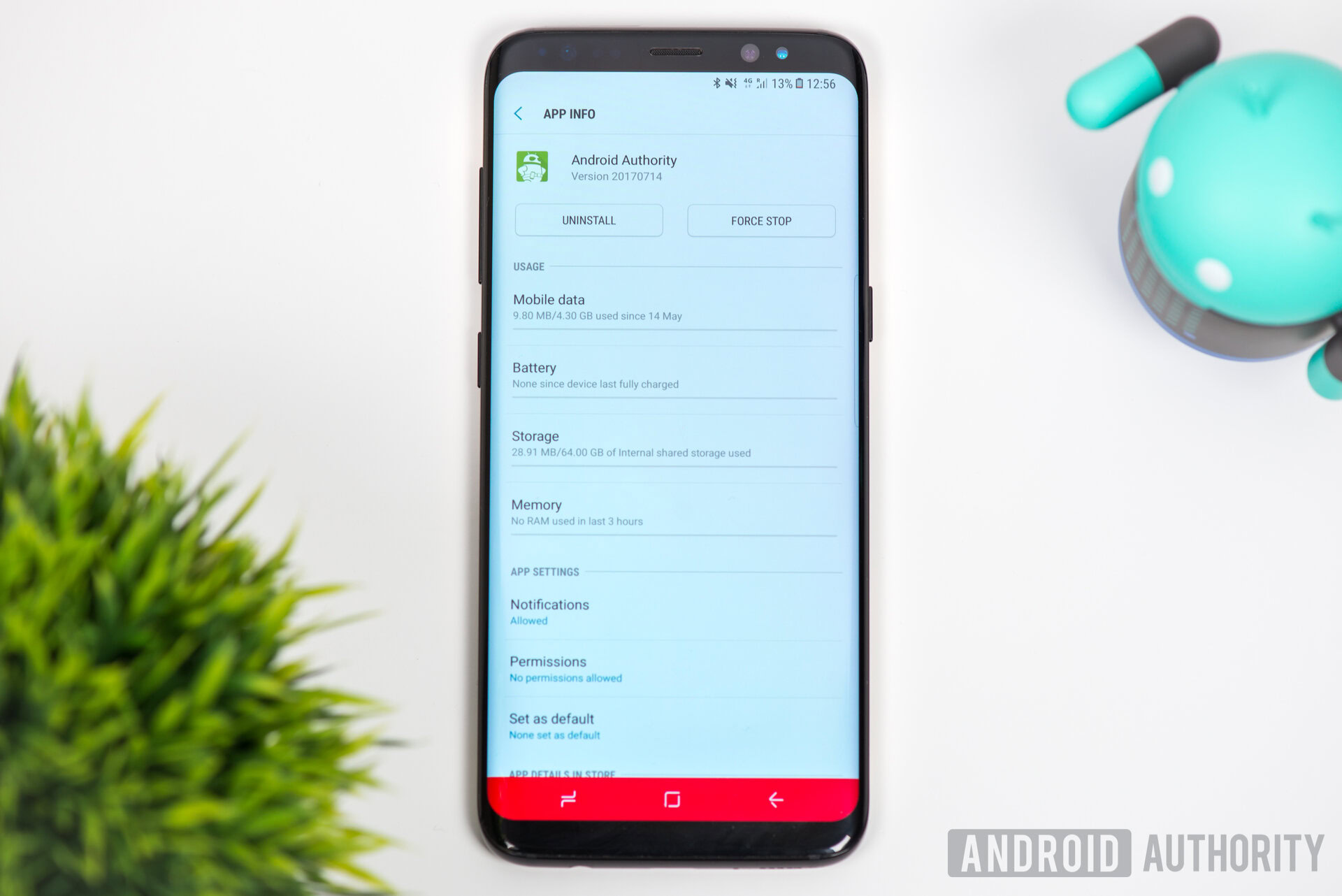
Clogging up your memory with unused apps is no good for performance. On top of that, many of these applications often run in the background, affecting your handset’s speed and battery life. Get rid of all the apps you’re not using! Samsung or your carrier may also include some pre-installed applications — dump them too.
- Go to Settings.
- Select Application manager.
- Hit the All tab.
- Pick the app you want to get rid of, and uninstall it.
Some apps can’t be deleted, but you should be able to disable them. They will not show up in the drawer or use up your precious resources.
Here: How to uninstall apps on Android
4. Clear the cache now and then
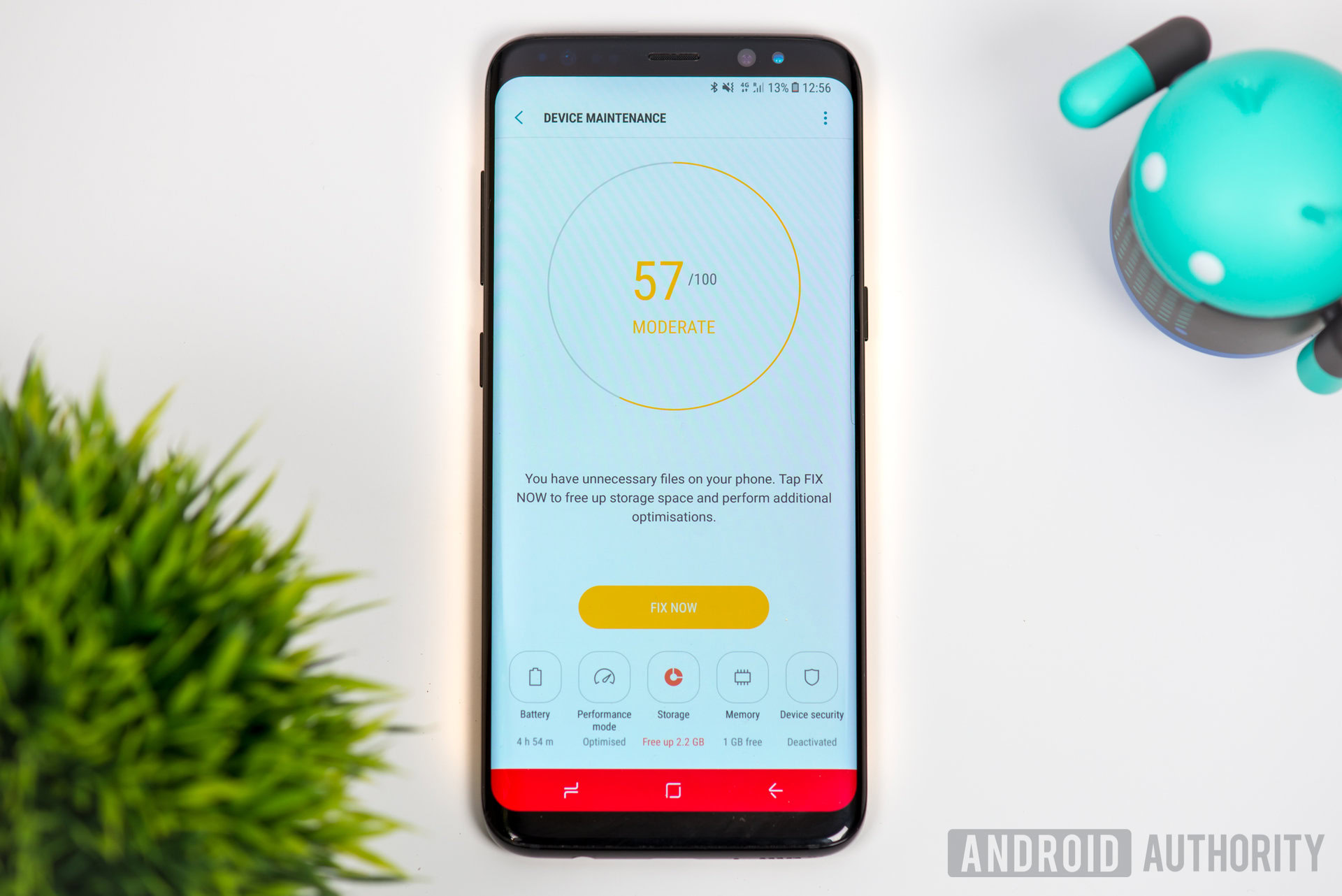
There’s a huge debate on whether you should clear cache or not. After all, the purpose of cache memory is to make your phone faster. Your device saves data from commonly used apps and websites. Retrieving information from local storage saves both time and data. With that said, we also stand behind the fact that clearing the cache memory now and then actually helps.
After a while, cache data can bulk up, become corrupted, and run into unexpected issues. This may cause your phone to act up. Clear it every month or so, and you should be fine. The good news is you no longer have to go looking for weird apps to perform this task. Samsung has built this feature right into the Samsung Galaxy S8.
- Open the Settings.
- Select Device maintenance.
- Hit Optimize now.
This will clear the cache memory, as well as a few other things. Keep in mind the device will feel a little slower right after clearing the cache. This is because it is re-downloading all the information that keeps your device snappy. It should all be good after a couple of days.
5. Activate Download Booster
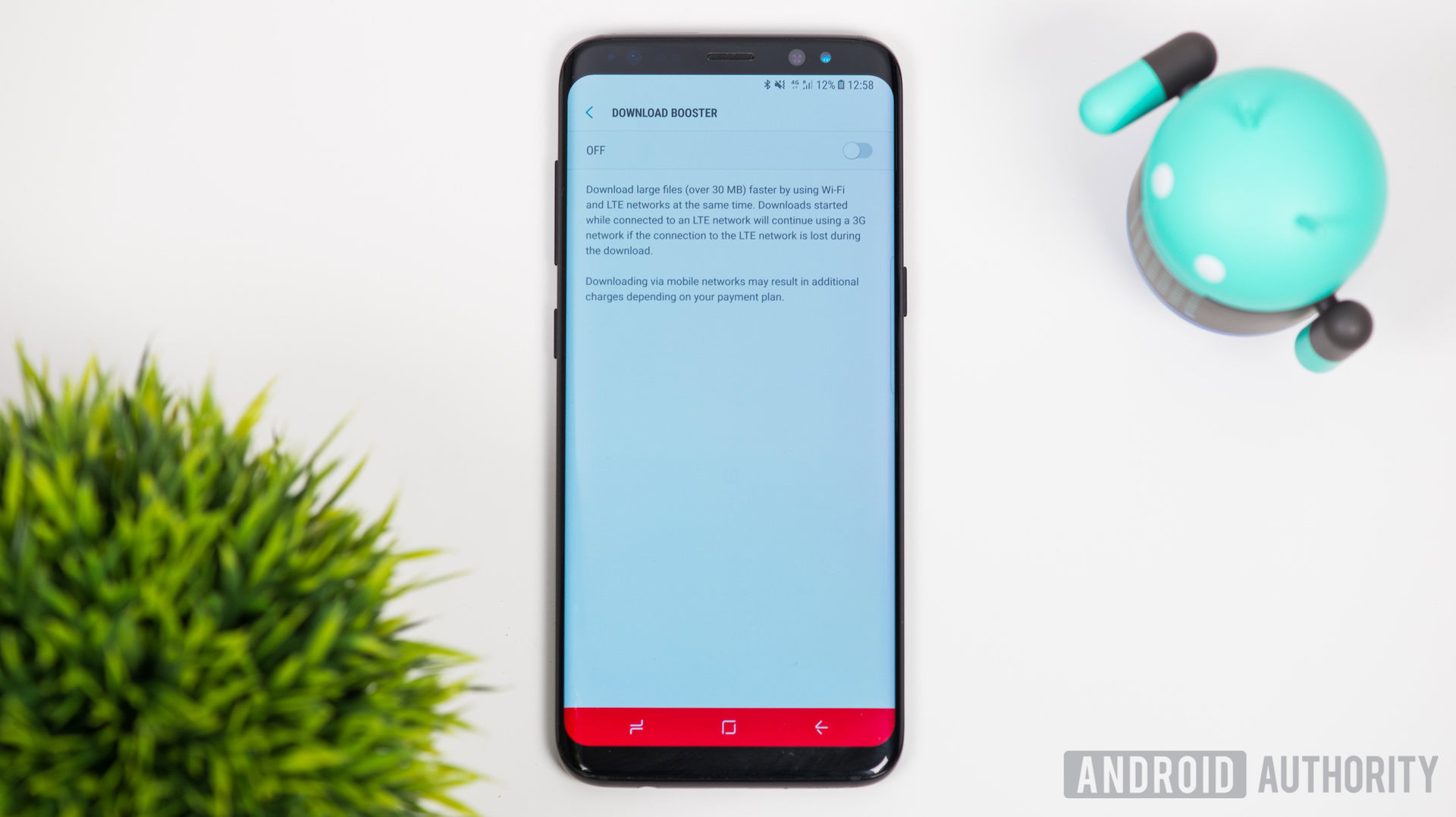
Let’s tell you straight off the bat that using this feature will use up your precious gigabytes, even if connected to Wi-Fi. This is because this nice little feature boosts your download speeds by simultaneously using your Wi-Fi and data connection. I wouldn’t use it all the time (unless I had data to spare), but it is a nice tool to take advantage of when in a rush.
- Go to Settings.
- Hit Connections.
- Select More connection settings.
- Pick Download Booster.
- Toggle the feature on.
- After the warning, select Turn on.
Now you will see your download speeds increase significantly, making your browsing experience much faster when you have a good 4G and Wi-Fi signal.
6. Dump the widgets!

Widgets are convenient, but they can get out of hand. And when they do, not only will they look ugly, but they will also slow your Samsung Galaxy S8 down. Widget animations and updates require processing power, so try to keep your home screens as clean as possible. To do this, tap and hold on to the widget to drag it out of the screen.
7. Samsung Galaxy S8 developer options
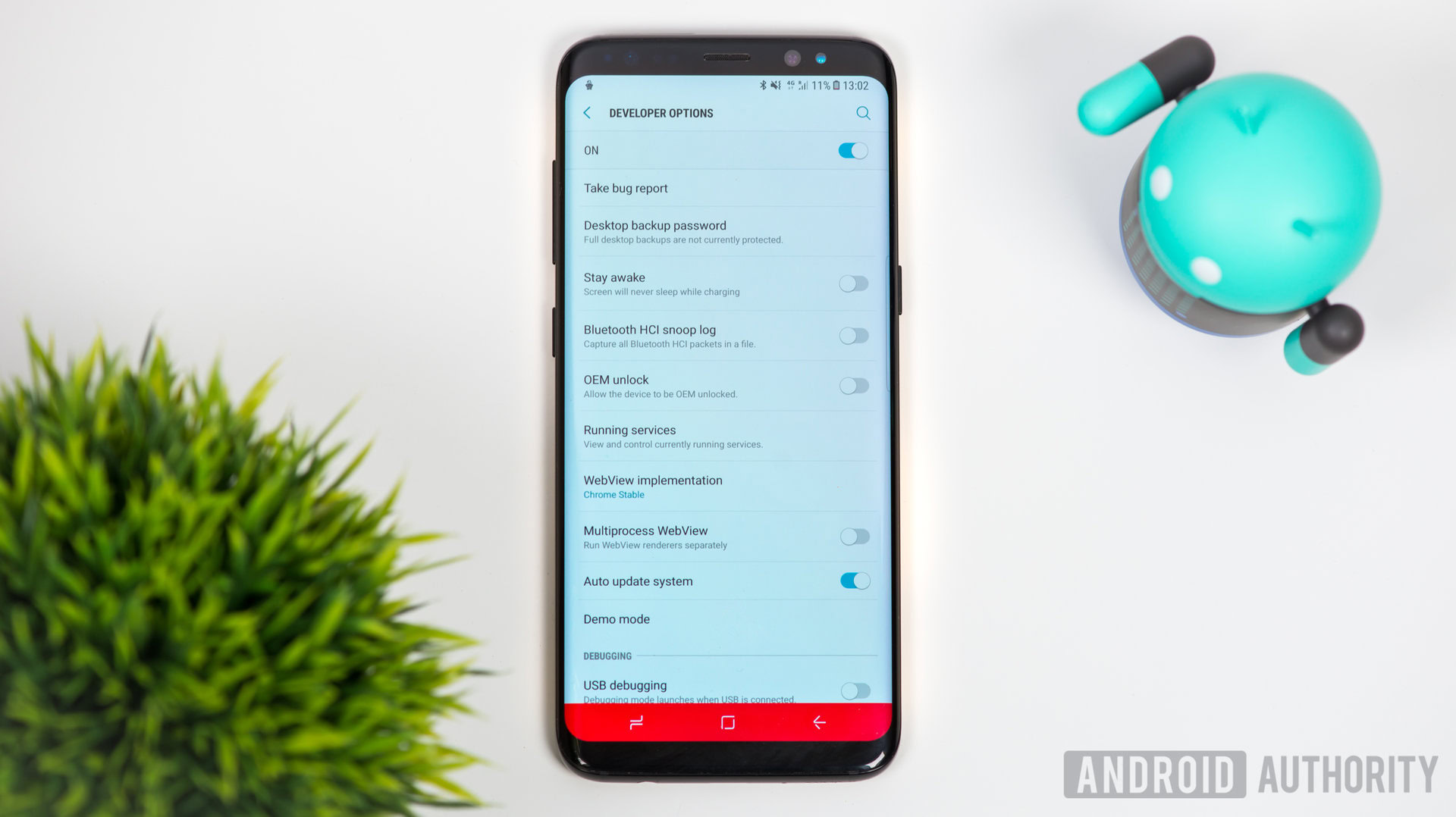
You will need to enable Developer options for the last few tips. This makes an extra slew of settings visible to the user. These settings are hidden because they’re unnecessary to the general consumer, but it offers some great tweaks for those who really want to customize the experience.
How to enable developer options:
- Open the Settings app.
- Select About phone.
- Select Software info.
- Look for the Build number and tap on it 7 times.
Now you are ready to delve into the Developer options. The section will appear under Settings.
Limit background processes
Your Samsung Galaxy S8 is always doing stuff in the background, and when these processes pile up, they can really slow your device down. You can limit them to keep performance at its maximum. Simply head over to Developer options and look for Background process limit. Select it and limit background processes as much as you feel comfortable. After this, you can restart the device and enjoy the improved speeds. However, be aware that setting this too low may prevent some of your most commonly used apps from grabbing updates in the background.
Reduce animation scales
Animations are nice, but they do make things slower and use some processing power. This means turning them off is for the best when aiming for a faster experience. Simply go to Developer options and look through the animation settings. Set them all to 0.5x for optimal performance.
Don’t keep activities
Android’s multitasking prowess is impressive, but it can also be one reason why phones slow down from time to time. The Don’t keep activities developer setting makes it so that apps don’t run in the background when closed or switched, keeping RAM free to use elsewhere. We should say that the Galaxy S8 isn’t exactly short of RAM, though, and this will mean apps restart when switching between them, so it’s not really a setting for multi-taskers.
Simply go to Settings > Developer options and check the box labeled Don’t keep activities. Restart after tweaking this option.
8. Just wipe the Samsung Galaxy S8
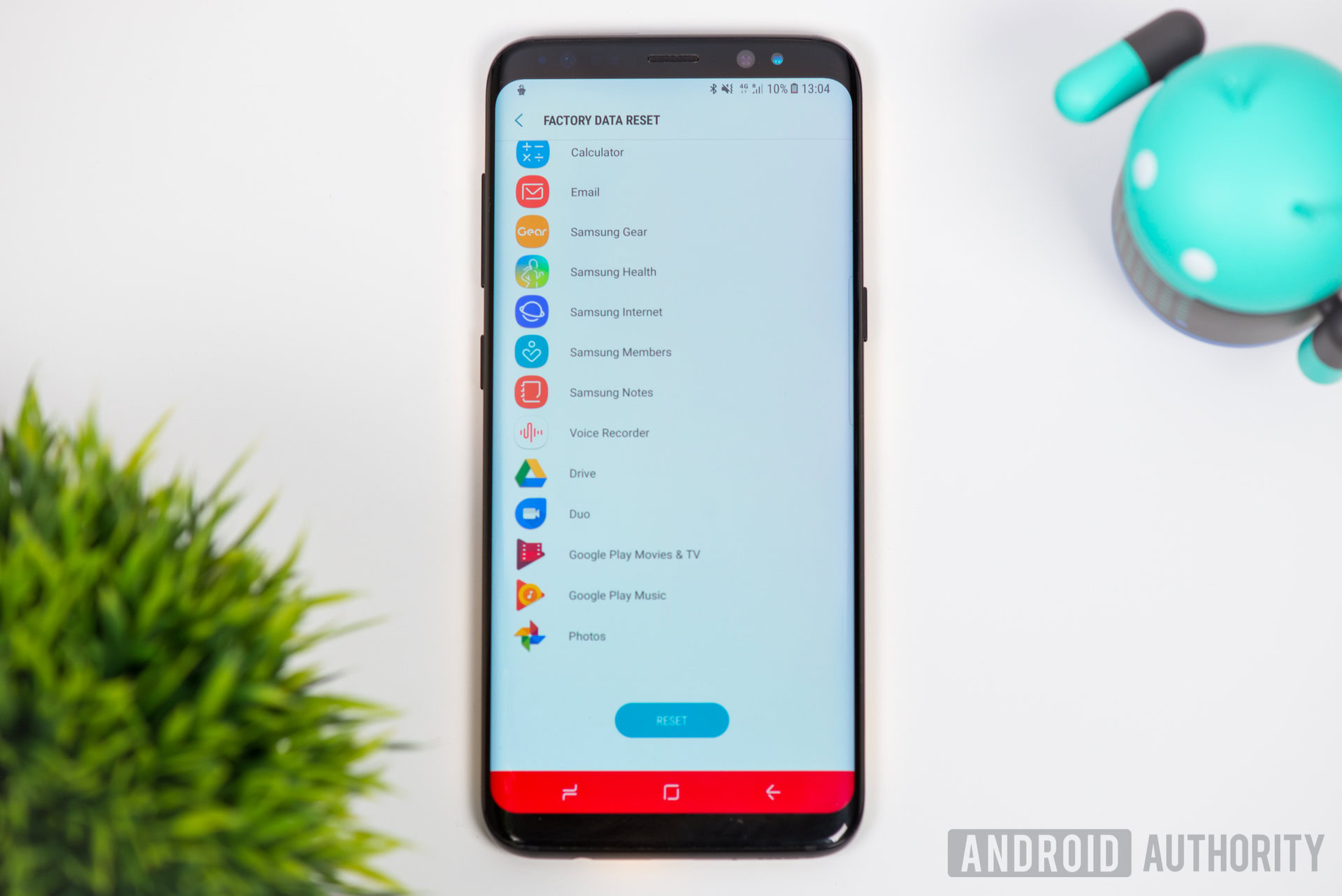
Phones are tricky. There are plenty of factors to consider when trying to troubleshoot or improve your experience. If you’ve tried it all but are still not satisfied with the results, the best thing you can do to keep your device as fast as possible is to wipe it clean. This is done by performing a factory data reset.
This process essentially cleans your phone and gets the software back to factory status. It will be just like the first day you laid fingers on it. You will even have to go through the setup process and all that again. Keep in mind that a factory data reset will delete everything, so back up all important files before doing this.
- Go to Settings.
- Select General management.
- Hit Reset.
- Pick Factory data reset.
- Select Reset.
- Enter your PIN.
- Let the phone do its thing.
Next: How to factory reset Android devices